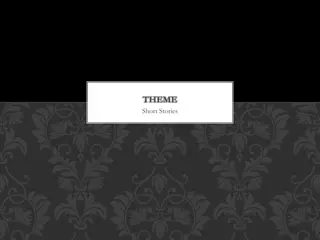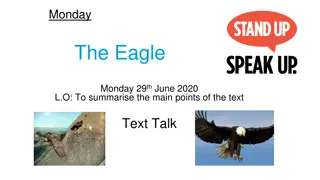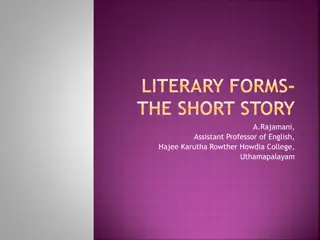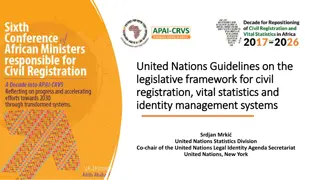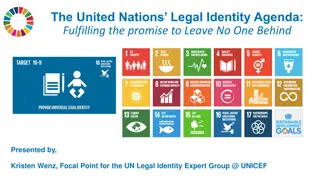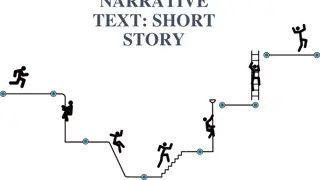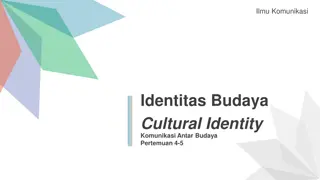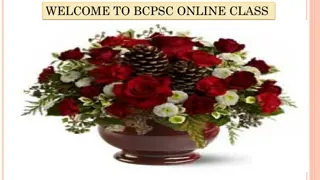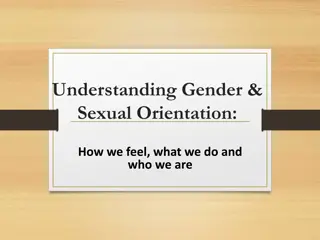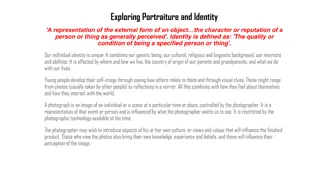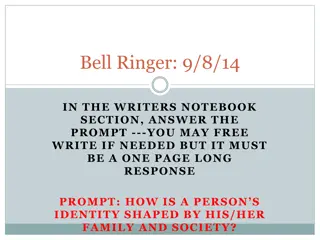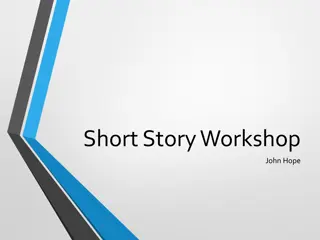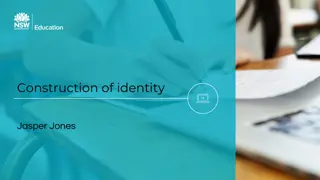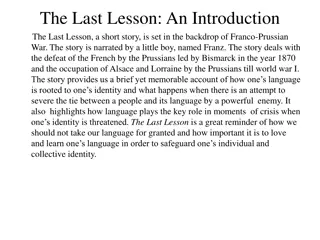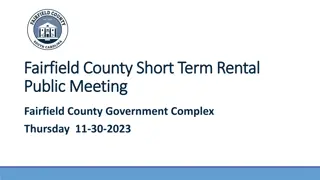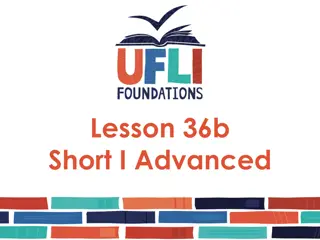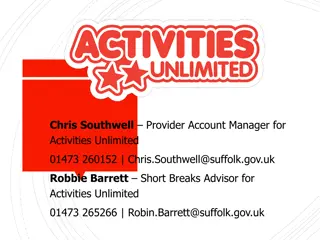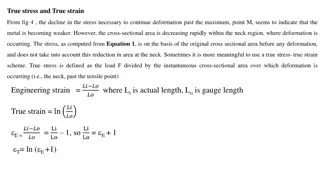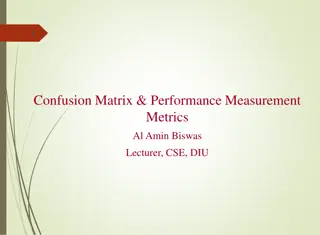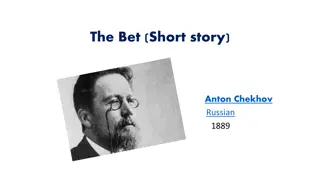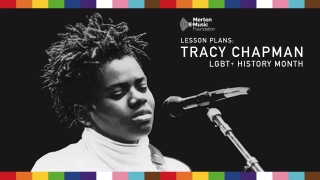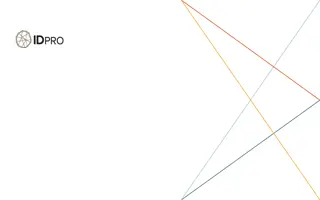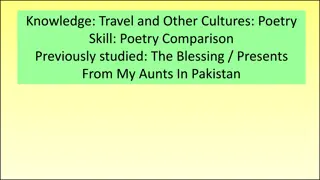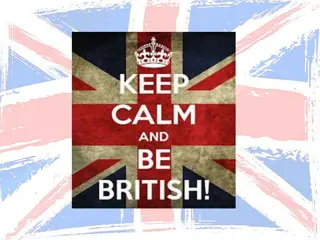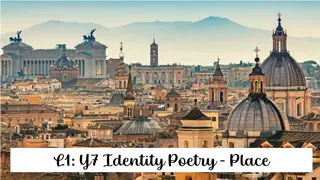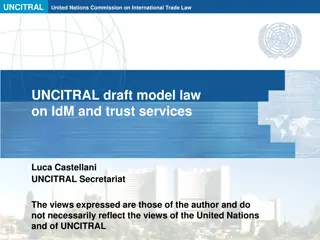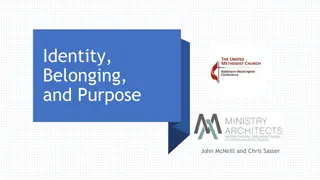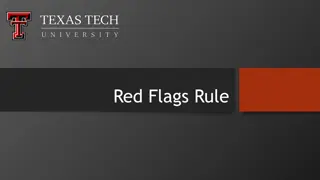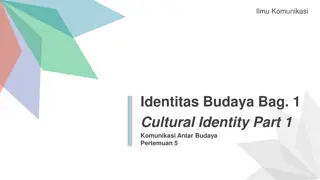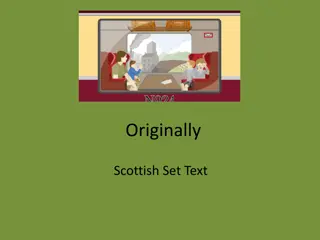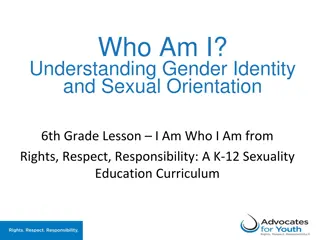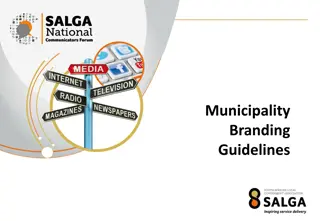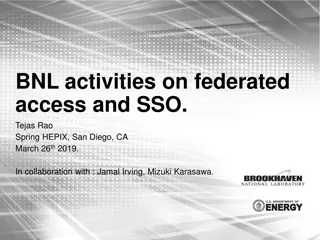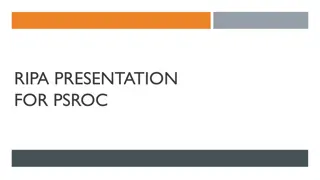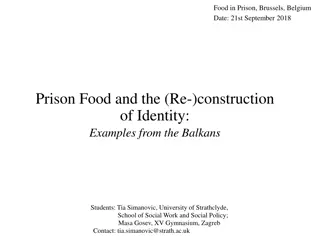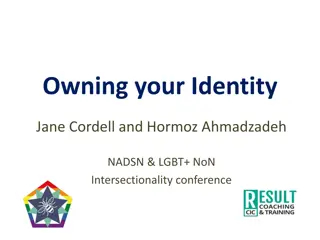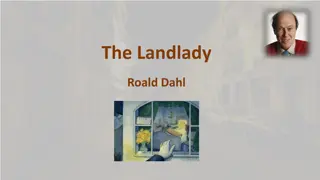Discovering the True Identity - The Eagle Short Story
In "The Eagle" short story, a man finds an eagle's egg and raises it among barnyard chickens. The eagle grows up believing it is a chicken, never realizing its true potential until it sees another magnificent eagle soaring in the sky. This tale explores themes of self-discovery, identity, and the influence of surroundings on perception.
Download Presentation

Please find below an Image/Link to download the presentation.
The content on the website is provided AS IS for your information and personal use only. It may not be sold, licensed, or shared on other websites without obtaining consent from the author. Download presentation by click this link. If you encounter any issues during the download, it is possible that the publisher has removed the file from their server.
E N D
Presentation Transcript
THEME Short Stories
THEME The theme in a piece of fiction is its controlling idea or its central insight. It is the author's underlying meaning or main idea that he is trying to convey. The theme may be the author's thoughts about a topic or view of human nature. The title of the short story usually points to what the writer is saying and he may use various figures of speech to emphasize their theme, such as: symbol, allusion, simile, metaphor, hyperbole, or irony. Some simple examples of common themes from literature, TV, and film are: - things are not always as they appear to be - Love is blind - Believe in yourself - People are afraid of change - Don't judge a book by its cover
IDENTIFYING THEME 1). Understand the main character. Analyzing the main character is an important part of discovering the theme. List the physical and intangible attributes of the main character. Decide if the reader is supposed to identify with the main character or if she is someone the reader doesn't (or shouldn't) want to be. 2). Identify the conflict. The conflict in a short story always involves the main character. The conflict can be between the main character and another, society or some force of nature, or within the main character himself. Figure out specifically who or what the main character is struggling against in the short story.
IDENTIFYING THEME 3). Know how the conflict is resolved. The resolution of the conflict can give the reader a big clue as to the theme of a short story. Who wins the conflict is the writer's way of telling the reader which force was better. If an evil main character, one you wouldn't admire, wins out over some force of nature, the theme will have a negative slant. 4). Make a generalization. Look at the main character, her conflict and how it was resolved to determine the theme of the story. Start by understanding what the main character learned in the short story. Then, generalize that lesson to apply to everyone. If the main character learned not to trust her friend who just won the lottery, the theme of the short story may be that money changes people.
THE EAGLE A man found an eagle s egg and put it in a nest of a barnyard hen. The eaglet hatched with the brood of chicks and grew up with them. All his life the eagle did what the barnyard chicks did, thinking he was a barnyard chicken. He scratched the earth for worms and insects. He clucked and cackled. And he would thrash his wings and fly a few feet into the air. Years passed and the eagle grew very old. One day he saw a magnificent bird above him in the cloudless sky. It glided in graceful majesty among the powerful wind currents, with scarcely a beat of its strong golden wings. The old eagle looked up in awe. Who s that? he asked. That s the eagle, the king of the birds, said his neighbor. He belongs to the sky. We belong to the earth we re chickens. So the eagle lived and died a chicken, for that s what he thought he was.
1). UNDERSTANDING THE MAIN CHARACTER List the physical and intangible attributes of the main character. The eaglet is the main character; it begins life as a lost egg; it is rescued and placed among chicken eggs. The eagle hatches and grows up believing it is a chicken. Decide if the reader is supposed to identify with the main character or if they are someone the reader doesn't (or shouldn't) want to be. The reader will identify with the eagle, i.e. everyone has experienced a sense of feeling lost and we can all appreciate how our assumptions shape us.
2). IDENTIFYING THE CONFLICT Which conflict is the main character engaged in, e.g. person vs. person, person vs. nature, person vs. self, or person vs. society, etc.? The eagle is locked in a conflict with itself. Identify specifically who or what the main character is struggling against/with in the short story. Despite being a majestic bird of the air the eagle assumes it is a chicken and behaves as such.
3). KNOW HOW THE CONFLICT IS RESOLVED The resolution of the conflict provides the reader with insight in to the story s theme. In the conflict, who (or what) won the conflict? The eagle s conditioning, thinking and assumptions ultimately prevailed over its physical reality, e.g. its body. Note: if an evil character or some untoward force wins, the theme will more than likely be negative.
4). MAKE A GENERALIZATION Generally speaking, what did the main character ultimately learn in the story? The eagle lived as something it was not. Now compose a statement of theme. You accomplish this by providing the reader with a meaningful insight based on what you just identified the main character learned. Be specific. Life is a prison when we live according to the expectation of others.
1). UNDERSTANDING THE MAIN CHARACTER List the physical and intangible attributes of the main character. Decide if the reader is supposed to identify with the main character or if she is someone the reader doesn't (or shouldn't) want to be.
2). IDENTIFYING THE CONFLICT Which conflict is the main character engaged in, e.g. person vs. person, person vs. nature, person vs. self, or person vs. society, etc.? Identify specifically who or what the main character is struggling against/with in the short story.
3). KNOW HOW THE CONFLICT IS RESOLVED The resolution of the conflict provides the reader insight in to the story s theme. In the conflict, who (or what) won the conflict?
4). MAKE A GENERALIZATION Generally speaking, what did the main character ultimately learn in the story? Now compose a statement of theme. You do this by providing the reader with a meaningful insight based on what you just identified the main character learned. Be specific.
THE STONECUTTER There was once a stonecutter, who was dissatisfied with himself and with his position in life. One day, he passed a wealthy merchant's house, and through the open gateway, saw many fine possessions and important visitors. "How powerful that merchant must be!" thought the stonecutter. He became very envious, and wished that he could be like the merchant. Then he would no longer have to live the life of a mere stonecutter. To his great surprise, he suddenly became the merchant, enjoying more luxuries and power than he had ever dreamed of, envied and detested by those less wealthy than himself. But soon a high official passed by, carried in a sedan chair, accompanied by attendants, and escorted by soldiers beating gongs. Everyone, no matter how wealthy, had to bow low before the procession. "How powerful that official is!" he thought. "I wish that I could be a high official!" Then he became the high official, carried everywhere in his embroidered sedan chair, feared and hated by the people all around, who had to bow down before him as he passed. It was a hot summer day, and the official felt very uncomfortable in the sticky sedan chair. He looked up at the sun. It shone proudly in the sky, unaffected by his presence. "How powerful the sun is!" he thought. "I wish that I could be the sun!" Then he became the sun, shining fiercely down on everyone, scorching the fields, cursed by the farmers and laborers. But a huge black cloud moved between him and the earth, so that his light could no longer shine on everything below. "How powerful that storm cloud is!" he thought. "I wish that I could be a cloud!" Then he became the cloud, flooding the fields and villages, shouted at by everyone. But soon he found that he was being pushed away by some great force, and realized that it was the wind. "How powerful it is!" he thought. "I wish that I could be the wind!" Then he became the wind, blowing tiles off the roofs of houses, uprooting trees, hated and feared by all below him. But after a while, he ran up against something that would not move, no matter how forcefully he blew against it a huge, towering stone. "How powerful that stone is!" he thought. "I wish that I could be a stone!" he thought. "I wish that I could be a stone!" Then he became the stone, more powerful than anything else on earth. But as he stood there, he heard the sound of a hammer pounding a chisel into the solid rock, and felt himself being changed. "What could be more powerful than I, the stone?" he thought. He looked down and saw far below him the figure of a stonecutter.
THEME EXEMPLAR FOR THE STONECUTTER The theme or central idea for Parable of the Stonecutter is we should avoid being something we are not. The Stonecutter believes himself to be inadequate, unhappy and powerless, etc. as he currently is. Inexplicably the Stonecutter develops the ability to become the object of his envy, e.g. he wants to become an influential and powerful merchant so he becomes one, etc. However, after multiple transformations the Stonecutter s feelings of inadequacy clearly have not disappeared. If anything, every transformation leads to the same realization, i.e. there s always someone or something greater than him. Eventually, though, he realizes he was happiest (most powerful) when he was just a simple stonecutter. The Stonecutter s journey reminds us we are better accepting ourselves for what/how we are; also, his experience teaches us that greedy longings are futile because power is relative.


